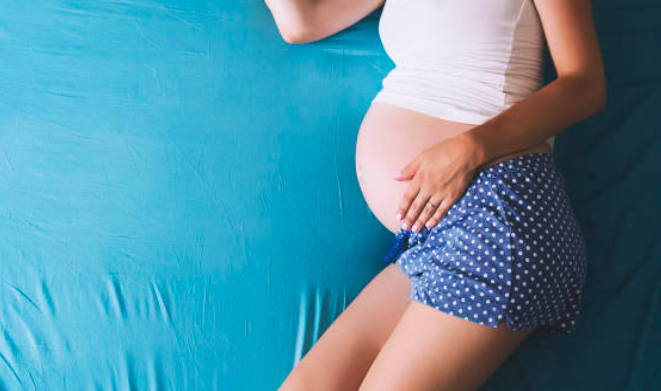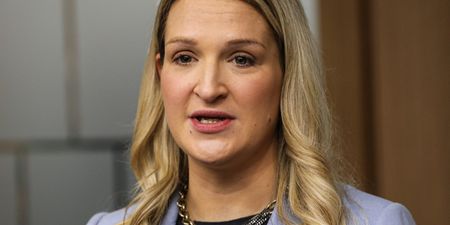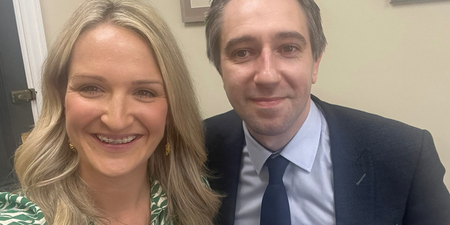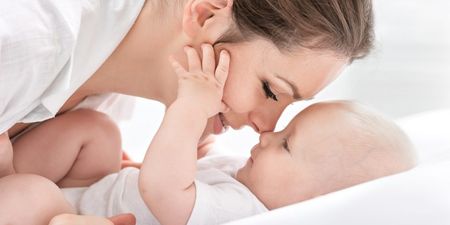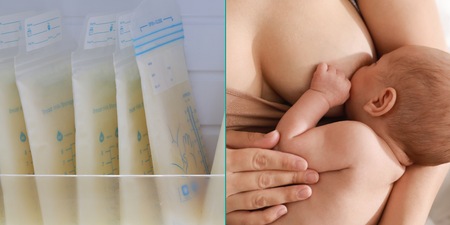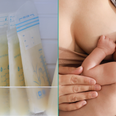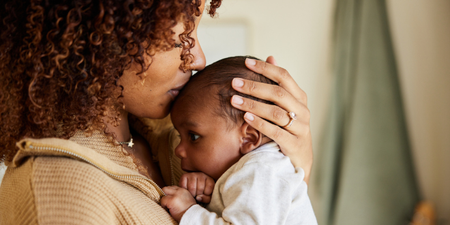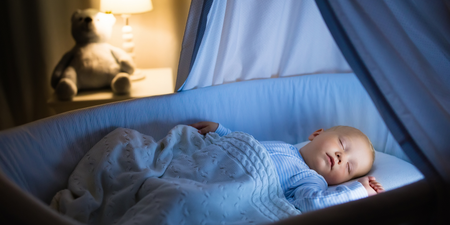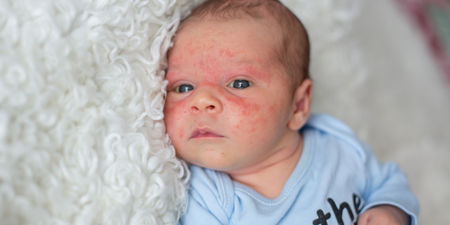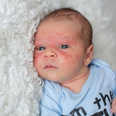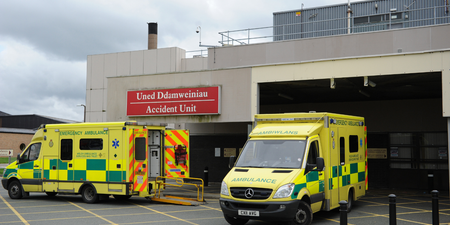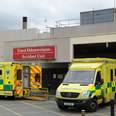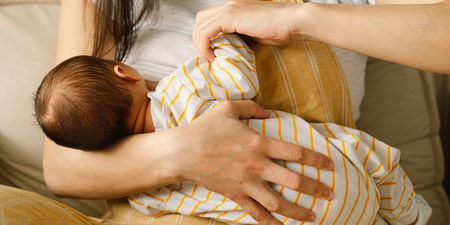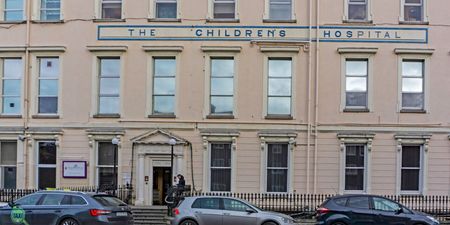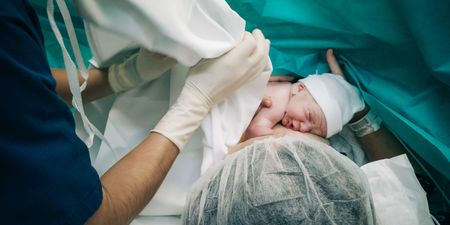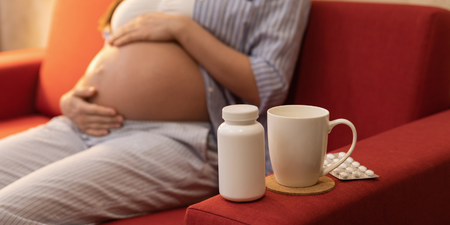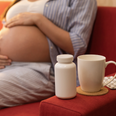Ah, parental leave.
It can be entirely great or completely non-existent, depending on what country you’re living in.
And while some countries (American, we’re looking at you) have yet to realise that providing adequate maternity and paternity leave benefits both new parents as well as the country, the proof is in the stats.
Figures compiled by Money Guru show that nine out of 10 women who take maternity leave are more likely to return to work afterwards.
93 percent of new mothers who take maternity leave are more likely to be working nine to twelve months after the birth of their first child.
This is compared to those who don’t (or can’t) take leave after giving birth.
Maternity leave in the Ireland and the UK is some of the most generous in Europe, with new mothers here in Ireland receiving 42 weeks’ leave (just over 10 months).
The first 26 weeks have to be paid, but the remaining 16 weeks do not have to be paid, meaning that although we get a lot of maternity leave, it is not the highest paid.
So, where is?
According to Money Guru, Germany is at the top when it comes to the length of time available for mothers. 52 weeks maternity leave gives new mothers more options and also helps them to save on childcare costs.
New fathers also benefit here, with up to 14 weeks or more available for paternity leave and job protection guaranteed throughout.
The UK offers up to 52 weeks maternity leave, with the first 26 weeks knows as ‘Ordinary Maternity Leave’ and the other 26 weeks ‘Additional Maternity Leave’. Similarly, the UK offers job protection for mothers throughout their parental leave.
Other European also fare well for both maternity and paternity leave, with Germany, Denmark, Sweden, Austria and Poland making the top 10 – offering up to 52 weeks leave for maternity.
America is the only industrialised country in the world to not offer paid leave for mothers or fathers.
The full data and study can be found here.
